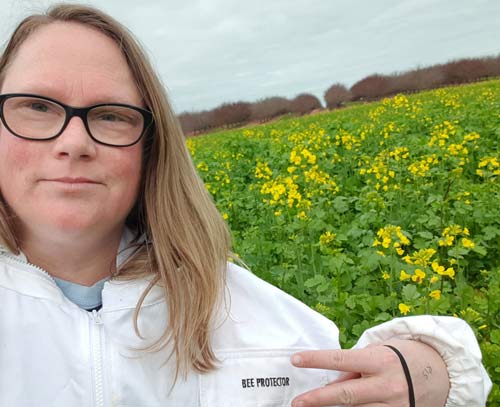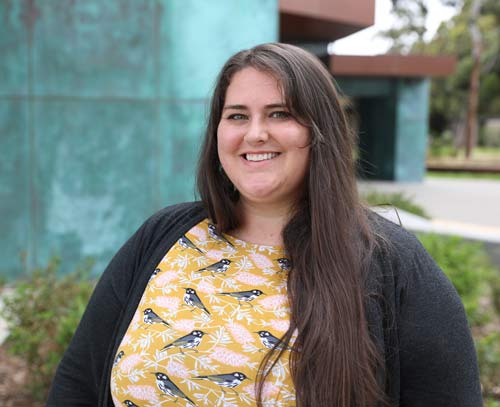
Bees are dying off around the globe, but one of the recipients of the Australian Academy of Science’s 2021 Max Day Environmental Science Fellowship Award is working to protect them in Australia.
In 2019, 50 billion bees died in just a few months while being deployed for America’s almond pollination.
Ms Lea Hannah, a PhD candidate at Western Sydney University, is looking at how a diversity of flowers near orchards can support bees, which play a key role in many agricultural industries, including almonds.
She’s planting extra floral resources on several orchard plantations in Victoria’s Sunraysia district. The aim of additional species is to improve the diet of the honey bees, rather than just relying on almond flowers, making them stronger and more resistant to vulnerabilities.
“These resource plantings that I've done is a multi-species mix of five different plant species that are flowering as the bees come into the almond orchards,” Ms Hannah said.
The Max Day Fellowship grant will allow Ms Hannah to assess the results of her experiment, using next-generation DNA sequencing of the pollen collected by the bees.

DNA sequencing is also at the heart of the work of Dr Laura Brannelly, the other recipient of the 2021 Max Day Environmental Science Fellowship Award. Originally from Boston, she now studies Australia’s alpine tree frog at the University of Melbourne.
The alpine tree frog once occupied much of the Snowy Mountains, but is now consider endangered in New South Wales and Victoria, partially due to the fungal disease chytridiomycosis, which is affecting amphibians across the globe.
Although the alpine tree frog has been severely impacted, Dr Brannelly says the fact the species has persisted is significant.
“We think that the reason why these animals are still surviving in these populations is because they’re putting more effort into breeding,” Dr Brannelly said.
“The idea is called terminal investment. When an animal thinks that it’s about to die, it will do all it can to keep its genes within the population.”
She intends to use her Max Day grant to better understand that process by analysing the genetics of 20 frogs from nine populations, which could help with future management strategies.
The Max Day award provides up to $20,000 for early-career researchers working on the conservation of Australia’s flora and fauna, the ecologically sustainable use of resources, and the protection of the environment and ecosystem services.
It is named in honour of Academy Fellow, the late Dr Maxwell Frank Cooper Day AO FAA, who spent a lifetime championing entomology, conservation and forestry, as well as helping other scientists.
Three researchers and their projects were also ‘highly commended’ for the 2021 Max Day Environmental Science Fellowship Award:
Applications for the 2022 awards will open soon.
More information about the Max Day Environmental Science Fellowship Award
© 2025 Australian Academy of Science